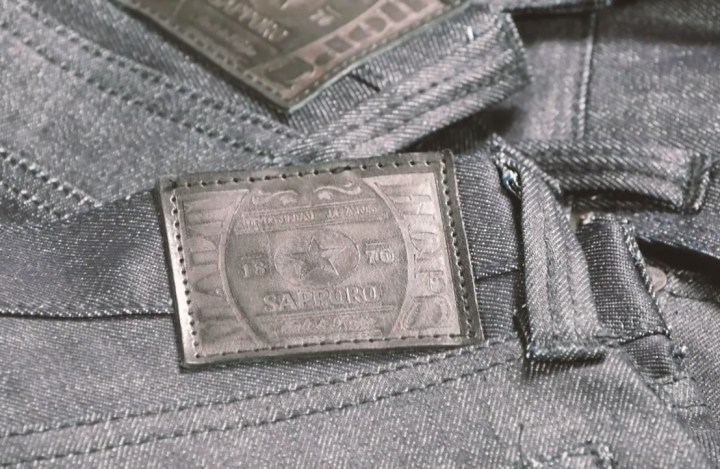
A Japanese beer maker is using upcycling technology to turn waste products from the brewing process into blue jeans, winning the company new fans in the process.
While brewing by-products such as malt dregs are often discarded, Sapporo Breweries recently learned that the sediment can also be transformed into clothing, Nikkei Asia reported.

To create the special jeans, Sapporo Breweries partnered with Shima Denim Works in Okinawa, about 1,000 miles southwest of the beer company’s Tokyo headquarters.
Already skilled at upcycling food processing waste for clothing, Shima Denim Works created the jeans by first transforming the lees into “washi,” a Japanese-style paper.
Next, the washi is used to spin yarn that’s then woven into denim, with the finished product described as “light and breathable.”
Shima Denim used lees from Sapporo Breweries’ dark beer in a bid to highlight the company’s Black Label brand.
The Black Label Malt & Hops Jeans retail for 41,800 Japanese yen (about $310) and 1,600 people tried to purchase the pants when Sapporo Breweries added the first 30 pairs to its online store.
Shinnosuke Araki, assistant manager of Sapporo Breweries, told Nikkei Asia the company was surprised that so many people were keen to purchase the jeans, describing the response as “far larger than expected.”
The pandemic led to a drop in beer sales for all four of Japan’s major breweries, Sapporo Breweries among them. The challenging situation prompted the company to deploy upcycling technology as a creative and environmentally friendly way of giving new life to waste products, while also allowing it to explore a new revenue stream and build a following for its Black Label beer brand.


